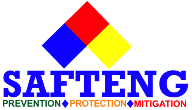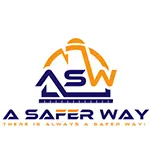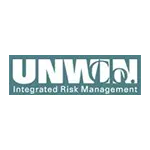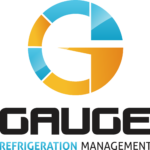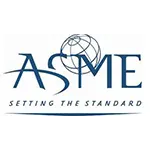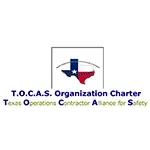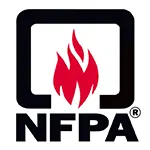Let us help you make sense of PSM / RMP!
My friend Brian Chapin will be offering an open-enrollment PSM/RMP class in Burleson, Texas, July 8th to 11th, 2025. Brian is an absolute pro in NH3 Refrigeration Process Safety. Anyone who attends will also get a FREE membership to SAFTENG. You can get more information on the class with this link.
CLICK HERE to Renew your Membership
CLICK HERE for a NEW Membership
CLICK HERE to see eligibility requirements for FREE Membership
If you have any questions, please contact m
SAFTENG has:
- Over 18,000 categorized unsafe acts/conditions and accident/injury photos
- Over 1,500 ppt's & doc's in the SAFTENG Library
- Over 4,000 Technical Articles on Process Safety, Emergency Response & OSH topics
- Over 450 videos (those not allowed on YouTube Channel)
Many THANKS to my NEW Members and those who CONTINUE to support SAFTENG:









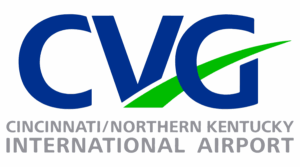

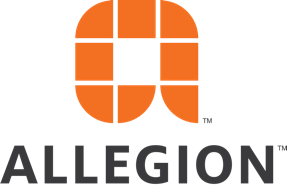


June 15, 2011
Almost weekly I see and hear the RMP “General Duty Clause” (GDC) being misquoted and improperly applied. In this article I hope to clarify many of the myths and misconceptions of what EPA actually requires in the application of their GDC’s to RMP chemicals. First and foremost, there is NO GET OUT OF JAIL FREE CARD when you have a listed PSM or RMP chemical on site, REGARDLESS...
Read More
June 15, 2011
UPDATED 6/15/11 – A lot of claims are being made by many training organizations that they can solve ALL your PSM/RMP training needs. Now let me set the record straight, I think a lot of these off-site training courses are a GREAT first pass for operators and maintenance to get the baseline understanding of the process. HOWEVER… and it is a BIG, however, your training efforts...
Read More
June 14, 2011
Have you ever been told your crazy, paranoid, not living in the real world, etc.? I don’t mean at work, I mean by family members and neighbors! I come from a family of safety professionals (my brother, my sister-in law, two of her three sisters, one of her sister’s husbands, and my Dad has always been more proud of his Pulp Wood Association Safety Awards than any others; they...
Read More
June 9, 2011
In today’s business climate, most businesses have limited resources to fight a lot of different fires, per se. I often see management teams who have their manufacturing risks defined to how much they spend on post-it pads per month! When asked if they have their hazard risks that fined tuned, I often get the answer “it is what it is”, “we have learned to live with $XXX...
Read More
June 8, 2011
PAYPAL Payment Method PAYPAL now accepts American Express AND you no longer have to have a PAYPAL Account to make a payment. You have two on-line options to make your payment: 1) use your PAYPAL account or 2) use your credit card. Single User – First Year = $100.00 Single User – Annual Renewal = $30.00 Corporate – Up to 10 Users = $200.00 Corporate –...
Read More
June 7, 2011
Ever needed to temporarily “change” the use of a flammable/combustible liquid storage or process tank? The tank is designed to NFPA 30 for flammable and combustible liquids so there is no risk in this “change”?!?!? WRONG…SWITCH LOADING is a MAJOR RISK that facilities who store, handle, or process flammable liquids need to understand, but often do not. ...
Read More
June 7, 2011
Rescue Plan? You must have lost your mind…there is no such requirement in 1910.146 for each entry to have a “rescue plan.” This is the typical response we get during our audits and 3rd party investigations, and let’s say folks are not happy with the idea that each entry must have a rescue plan. I want to share with you the EXACT QUESTIONS that an OSHA CSHO will be asking should...
Read More
June 6, 2011
Many facilities have contract security at the access points into their facility. But many facilities also expect their security guards to play a role in a facility emergency and in even rarer cases play a role in the facility’s safe work practices. Last week I posted the 911 call involving the worker crushed by a forklift to demonstrate how things are NOT suppose to go during an emergency! ...
Read More
June 6, 2011
MANY THANKS to my RENEWING “Partner in Safety”for their continued support! They have been a Corporate Sponsor since 2008. 2011 Fatality Tracker Electrical 25 (2010 = 90) (2009 = 100) Forklift/Manlift Mobile Equipment 41 (2010 = 110) (2009=88) Mining 114 (2010 = 480) (2009 = 586) Explosions 112 (2010 = 246) (2009 = 302) Cranes 17 (2010=50) (2009 = 82) Falls 55 (2010 = 139) (2009 = 172) (2008...
Read More
